The Philippines, an archipelago of over 7,600 islands scattered across the western Pacific Ocean, stands as one of Southeast Asia’s most captivating destinations. This tropical paradise offers an extraordinary blend of pristine beaches, ancient rice terraces, vibrant coral reefs, bustling cities, and rich cultural heritage that spans centuries of diverse influences. From the cosmopolitan streets of Manila to the remote lagoons of Palawan, each destination tells a unique story of natural beauty and cultural richness.
Palawan: The Last Frontier
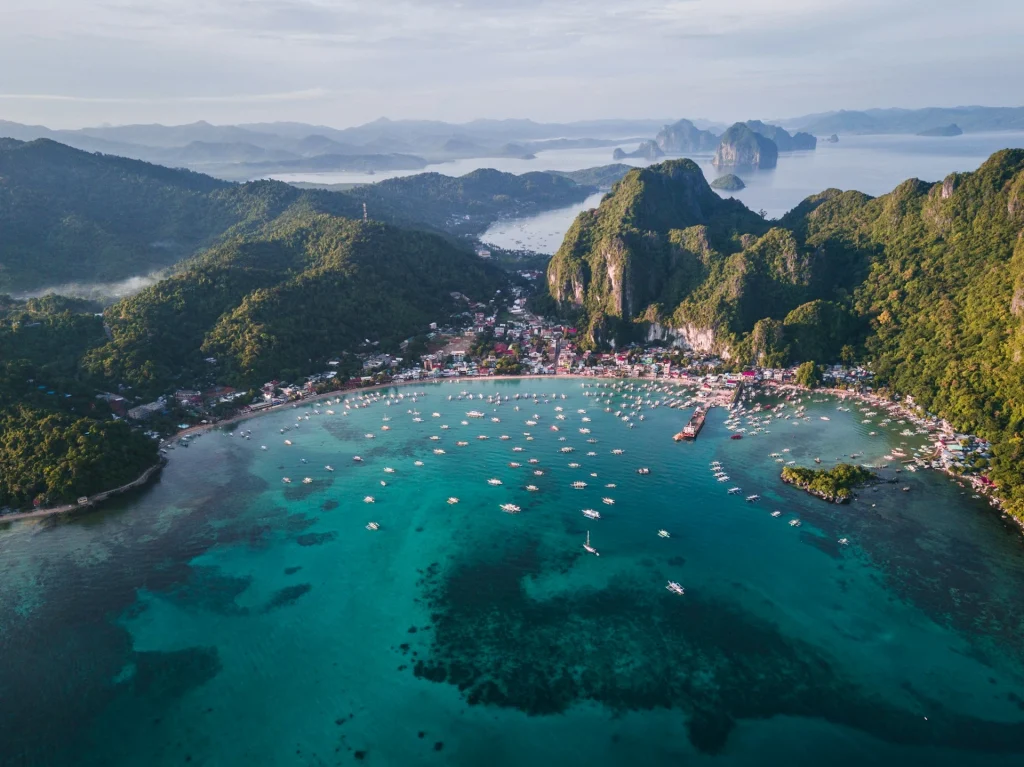
Often dubbed “The Last Frontier,” Palawan represents the Philippines at its most pristine and untouched. This elongated province stretches southwest from Luzon toward Borneo, offering some of the world’s most spectacular natural wonders.
El Nido serves as the crown jewel of northern Palawan, where dramatic limestone cliffs rise majestically from crystal-clear turquoise waters. The town acts as a gateway to the Bacuit Archipelago, featuring over 45 islands and islets. Visitors can island-hop to discover hidden lagoons, secret beaches, and underwater caves. The Big Lagoon and Small Lagoon are particularly famous for their ethereal beauty, while Seven Commandos Beach offers pristine white sand perfect for relaxation.
Coron captivates visitors with its unique combination of World War II history and natural beauty. The town is renowned for its incredible wreck diving sites, where Japanese warships from WWII now serve as artificial reefs teeming with marine life. Above water, Coron offers stunning freshwater lakes nestled within limestone formations, including the famous Kayangan Lake, often called the cleanest lake in the Philippines.
Puerto Princesa houses the Puerto Princesa Subterranean River National Park, a UNESCO World Heritage Site featuring one of the world’s longest navigable underground rivers. This 8.2-kilometer river winds through a spectacular limestone karst landscape, revealing impressive rock formations and diverse ecosystems.
Boracay: The Beach Paradise

Despite its small size of just 10 square kilometers, Boracay has earned international recognition as one of the world’s best beach destinations. White Beach, the island’s main attraction, stretches for four kilometers of powdery white sand so fine it feels like flour between your toes. The beach is divided into three stations, each offering different atmospheres from tranquil family-friendly areas to vibrant nightlife zones.
Beyond its famous beaches, Boracay offers numerous water activities including windsurfing, kiteboarding, parasailing, and stand-up paddleboarding. The island’s rehabilitation in recent years has restored much of its natural beauty while maintaining its status as a world-class resort destination.
Bohol: Natural Wonders and Cultural Heritage
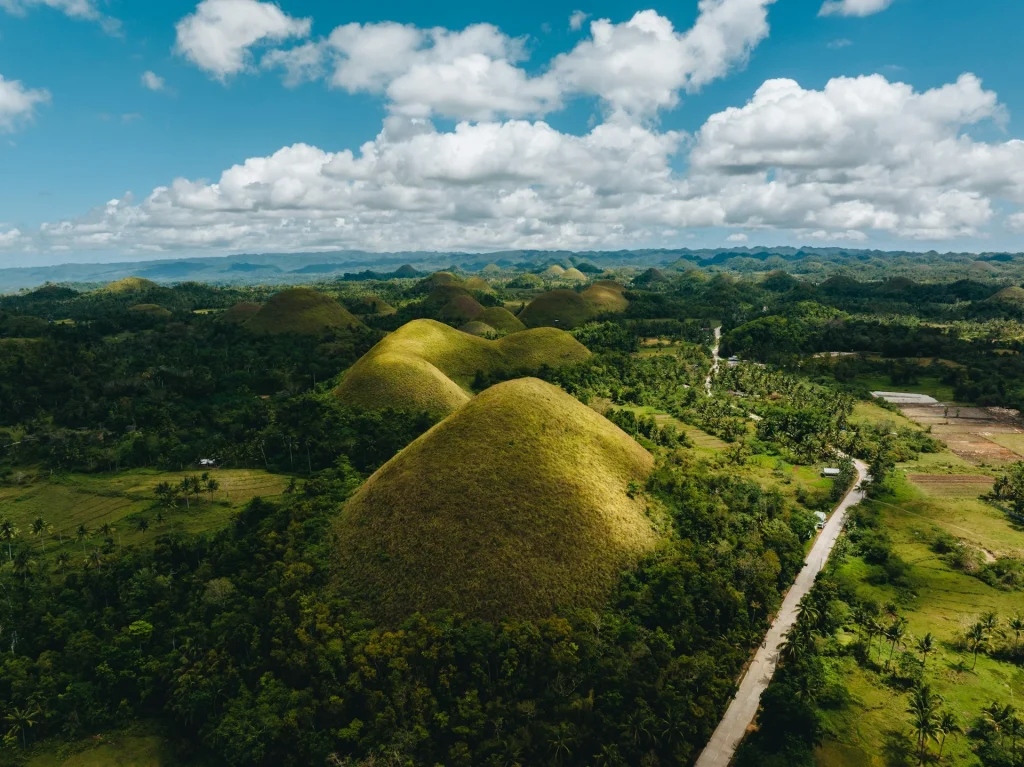
Bohol presents a fascinating combination of geological marvels, wildlife encounters, and historical significance. The Chocolate Hills form the province’s most iconic attraction, consisting of over 1,200 cone-shaped hills that turn brown during the dry season, resembling chocolate kisses scattered across the landscape. This geological phenomenon remains one of the Philippines’ most photographed natural wonders.
The Philippine Tarsier Sanctuary provides visitors with the opportunity to observe one of the world’s smallest primates in their natural habitat. These nocturnal creatures, with their enormous eyes and diminutive size, represent one of the Philippines’ endemic species and serve as important conservation symbols.
Panglao Island, connected to Bohol’s mainland by bridges, offers world-class diving and pristine beaches. Alona Beach serves as the primary tourist hub, while the surrounding waters feature diverse marine life including dolphins, whales, and colorful coral reefs.
Banaue and the Rice Terraces: Ancient Engineering Marvels
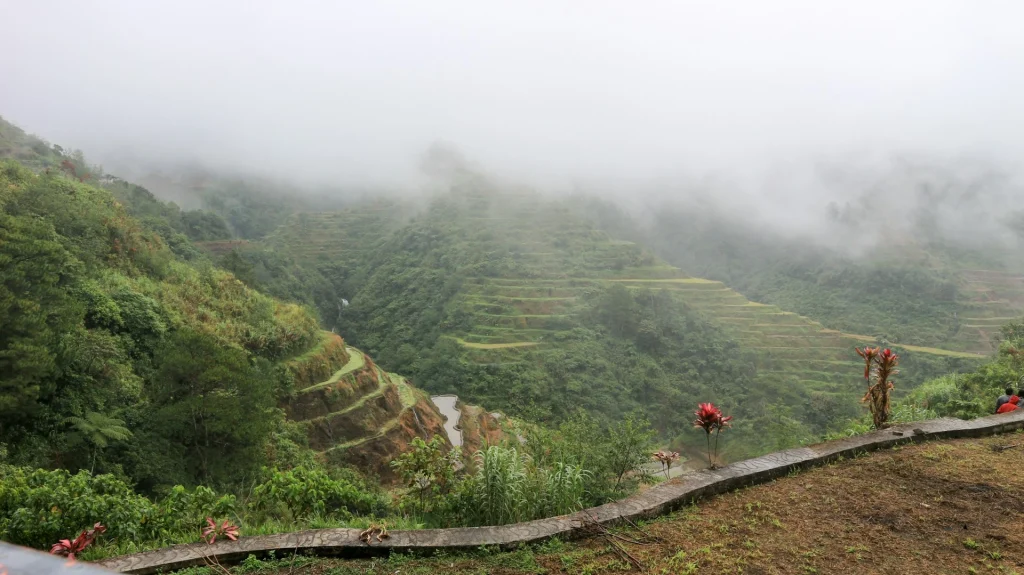
The Banaue Rice Terraces in northern Luzon represent one of humanity’s greatest agricultural achievements. Carved into the mountainsides by the Ifugao people over 2,000 years ago, these terraces are often called the “Eighth Wonder of the World.” The intricate irrigation system and sustainable farming practices have been passed down through generations, earning UNESCO World Heritage status.
The terraces cover approximately 20,000 hectares of mountainous terrain, following the natural contours of the landscape. Visitors can trek through the terraces, visit traditional Ifugao villages, and learn about indigenous culture and agricultural practices that have remained largely unchanged for millennia.
Siargao: The Surfing Capital

Siargao Island has emerged as the Philippines’ premier surfing destination, attracting wave riders from around the globe. Cloud 9 break produces some of the most perfect barrel waves in the world, hosting international surfing competitions and drawing professional surfers year-round.
Beyond surfing, Siargao offers diverse attractions including the Magpupungko Rock Pools, natural tidal pools formed in limestone rocks that become accessible during low tide. The Sugba Lagoon provides opportunities for kayaking, paddleboarding, and swimming in pristine blue-green waters surrounded by mangrove forests.
Cebu: Historical and Natural Diversity
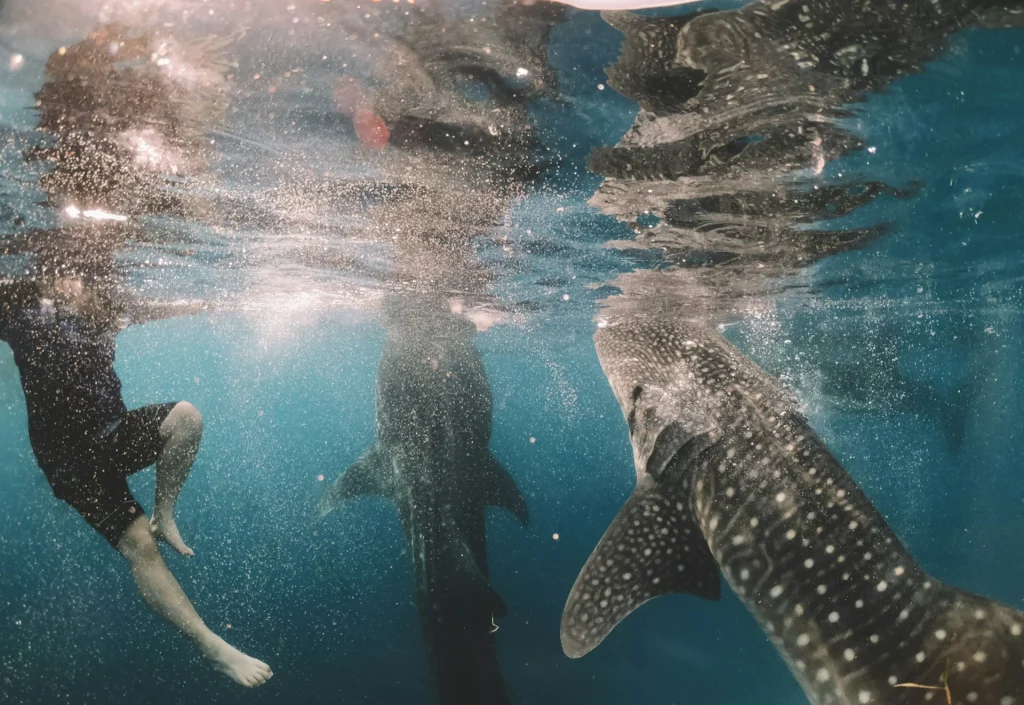
Cebu City serves as the Philippines’ historical heart, where Christianity first arrived in the archipelago. The Basilica del Santo Niño and Magellan’s Cross commemorate the Spanish colonial period and the introduction of Christianity to the islands. The city combines historical significance with modern urban amenities, offering excellent dining, shopping, and cultural experiences.
Oslob in southern Cebu has gained international attention for its whale shark watching opportunities. These gentle giants, locally known as “butanding,” congregate in the coastal waters, allowing visitors to swim alongside the world’s largest fish species in their natural habitat.
Camiguin: The Island Born of Fire
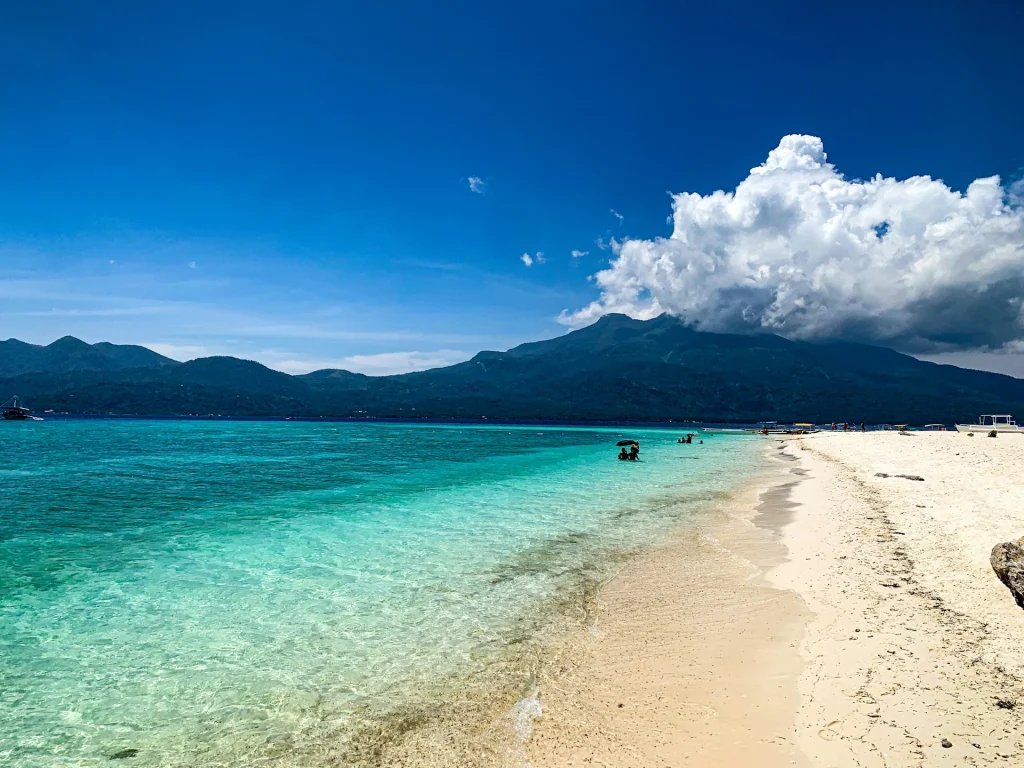
Camiguin, known as the “Island Born of Fire,” features seven volcanoes within its small landmass, creating a dramatically beautiful landscape of volcanic peaks, hot springs, and black sand beaches. The island offers unique attractions including the Sunken Cemetery, marked by a large cross rising from the water, and the Katibawasan Falls, a stunning 250-foot waterfall cascading into a natural swimming pool.
Manila: Urban Energy and Cultural Richness

The capital Manila provides visitors with a vibrant urban experience combining modern city life with deep historical roots. Intramuros, the walled city built by Spanish colonizers, preserves centuries of history through its cobblestone streets, ancient churches, and colonial architecture. The district houses important landmarks including San Agustin Church, the oldest stone church in the Philippines, and Fort Santiago, a strategic fortress that played crucial roles throughout Philippine history.
Modern Manila offers world-class shopping, dining, and entertainment in areas like Makati and Bonifacio Global City, while maintaining its cultural identity through museums, galleries, and traditional markets.
Davao: Gateway to Mindanao
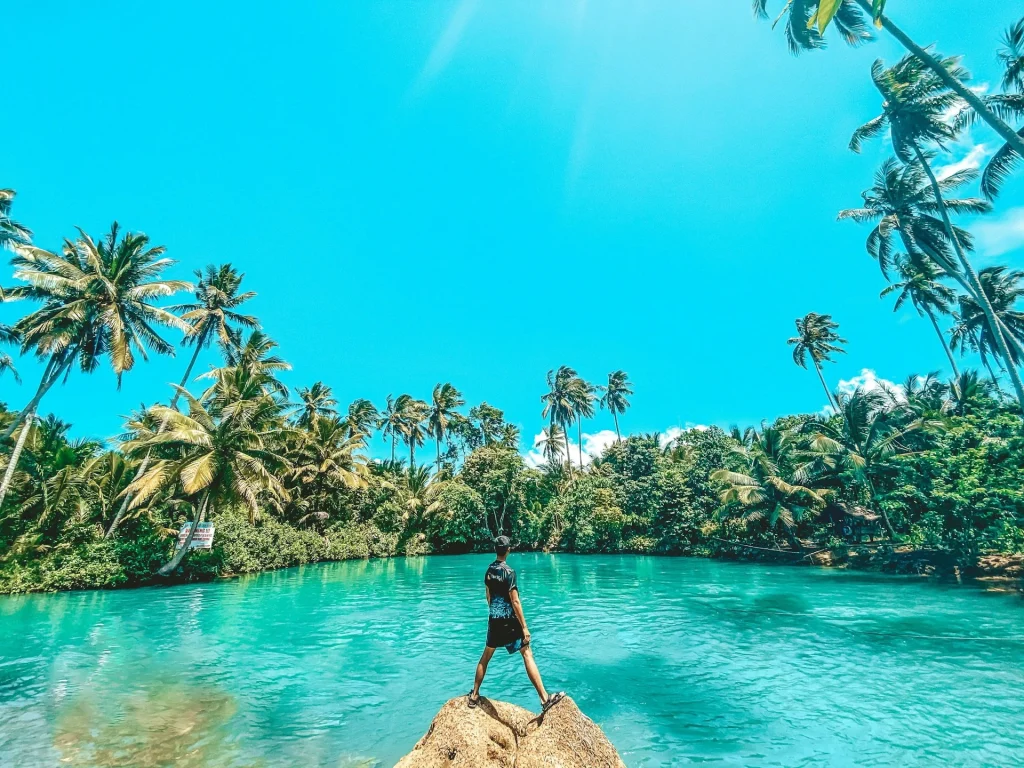
Davao City serves as the gateway to Mindanao, the Philippines’ southern major island. The city provides access to Mount Apo, the Philippines’ highest peak, offering challenging treks through diverse ecosystems including tropical rainforests and volcanic landscapes. The Philippine Eagle Center in Davao works to conserve the critically endangered Philippine Eagle, the country’s national bird, through breeding programs and habitat protection.
Conclusion: A Tapestry of Experiences
The Philippines offers an unparalleled diversity of experiences within a single nation. From the pristine wilderness of Palawan to the ancient rice terraces of Banaue, from the perfect waves of Siargao to the historical streets of Manila, each destination contributes to a rich tapestry of natural beauty, cultural heritage, and adventure opportunities.
The Filipino people’s renowned hospitality enhances every visit, making travelers feel welcomed and appreciated throughout their journey. Whether seeking adventure, relaxation, cultural immersion, or natural wonder, the Philippines delivers experiences that create lasting memories and often inspire return visits to explore more of this magnificent archipelago.
The country’s tropical climate makes it a year-round destination, though the dry season from November to April typically offers the most favorable weather conditions. With improving infrastructure and growing international recognition, the Philippines continues to establish itself as one of Asia’s premier travel destinations, offering authentic experiences in settings of extraordinary natural beauty.
For travelers seeking to explore one of the world’s most beautiful and culturally rich archipelagos, the Philippines stands ready to reveal its countless wonders, from hidden lagoons and pristine beaches to ancient traditions and warm, welcoming communities that make every visit truly unforgettable.

